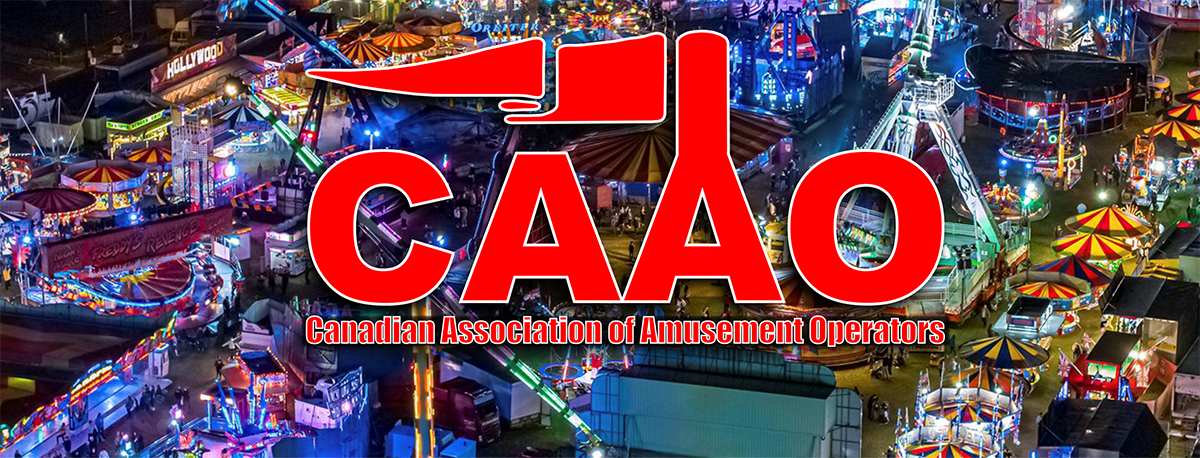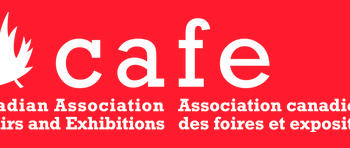Excerpt from THE CANADIAN PRESS by JEFF MCINTOSH
The Calgary Stampede has not yet secured a permit for its cheery kickoff parade. It will not confirm whether Paul Brandt, the Alberta nurse turned country-music star, is committed to headlining the nightly grandstand show. And it is still working out whether rodeo participants will live in a bubble in order to shield themselves – and others – from the coronavirus.
But despite a string of uncertainties, the Stampede has emerged as the Alberta government’s must-have this summer. It is set to open July 9, which would make it the first major Canadian event since the pandemic shuttered activity 14 months ago.
The midway operator is booked, with plans to quarantine employees in neighbouring Strathmore for two weeks after the caravan of rides, games and corn-dog vendors crosses the border into Canada from the U.S.
Premier Jason Kenney, eager to deliver a “great Alberta summer,” plans to release an updated reopening schedule next week that will be tied to vaccination rates, case trends and hospital admissions. He said earlier this week that he expects smaller outdoor events to be permitted next month and “much larger gatherings” such as the Stampede allowed by July.
The Stampede is expected to operate under Alberta’s COVID-19 restrictions, rather than receive sweeping exemptions, which means Mr. Kenney will have to produce an aggressive road map. For example, if thousands of people will be permitted to mingle on the Stampede’s midway, other large outdoor gatherings will be allowed. Indeed, after the Stampede wraps, the midway operator intends to serve fairs in Red Deer, Edmonton, Saskatoon and Regina.
The Stampede is woven into Alberta’s political mythology of a land shaped by rugged perseverance and community spirit; and it unofficially measures the health of the provincial economy. As a result, a successful exhibition in 2021 would symbolize a triumph over COVID-19.
“I’ve always thought of the Calgary Stampede as a celebration of being about hope and optimism,” Dana Peers, the Stampede’s interim chief executive, said in an interview. The 10-day festival would provide that positive energy and an economic boost after 14 months of struggle, he said.
“There’s a lot of small businesses that depend on this. It is about job creation – this is a place where a lot of young people get their first jobs. And it is a major employer,” Mr. Peers said. “We want to be part of seeing Calgary get back on its feet.”
The Stampede has been cancelled due to external forces just once – last year, owing to the coronavirus – in its 108-year history. It carried on through two World Wars, the Depression and the 2013 flood that washed over Stampede Park and forced 10 per cent of Calgarians to evacuate their homes two weeks before the mega-fair started. That year, the Stampede rallied in the name of resilience, marketing the fair with the slogan “Hell or High Water.”
The Stampede’s confidence that it can salvage the 2021 exhibition makes it an outlier in Canada. The Pacific National Exhibition in Vancouver and the Canadian National Exhibition in Toronto have already been cancelled. And Alberta’s current health restrictions, which right now cap outdoor gatherings to five people in most parts of the province, make planning difficult.
The City of Calgary has not approved the Stampede’s parade application; Mr. Peers said officials are working closely with Alberta Health Services and municipal representatives on this file.
Scores of rodeo contestants are American; Mr. Peers said the Stampede is working with the provincial and federal governments on protocols related to roping and riding, such as whether participants will stay in a bubble.
When asked about Stampede staples such as Nashville North, the enormous party tent on the grounds, Mr. Peers said planners know outdoor events are considered more acceptable than indoor venues. He would not confirm whether Mr. Brandt is still on board for the grandstand show. (The singer did not respond to attempts to reach him.)
“We’re in a situation where we are continuing to be very flexible and trying to adjust,” Mr. Peers said. “I hope that within a couple weeks we’ll be able to give more details as to what the shows, or different products, might look like.”
There will be fewer spectators permitted on the grounds, but North American Midway Entertainment (NAME) is still banking on a busy midway. NAME plans to bring 48 rides to the Stampede, 10 fewer than usual, according to Scooter Korek, the company’s vice-president of client services.
“With the Alberta plan, we reduced our presentation by 15 per cent, just so we could create more customer space and more spacing between each ride,” he said.
NAME’s crew of about 250 workers will arrive in Canada in June. They will set up camp in Strathmore in order to quarantine for two weeks, Mr. Korek said.
The team selected Strathmore as its quarantine site because, according to Mr. Korek, the Stampede is planning to use the same area to isolate for rodeo participants during Calgary’s fair, so the infrastructure will already be there. (The Stampede’s Mr. Peers would not confirm any plans for such a bubble.)
Deena Hinshaw, Alberta’s Chief Medical Officer of Health, indicated on Thursday that should vaccination rates continue to climb in the province, events with tens of thousands of people could be feasible come summer.
Vaccines could replace public-health measures by then if Albertans reduce transmission rates and hospital admissions now, she said.
“We have that opportunity.”
John Conly, an infectious-disease physician and epidemiologist at the University of Calgary’s Cumming School of Medicine, said the benefits of putting on Alberta’s marquee celebration outweigh the risks, assuming outdoor activities dominate and some safety measures are in place.
”It is important for the psychological and social well-being of the population at large, and particularly for Calgary,” he said. “There’s a big symbolic need for it.”



